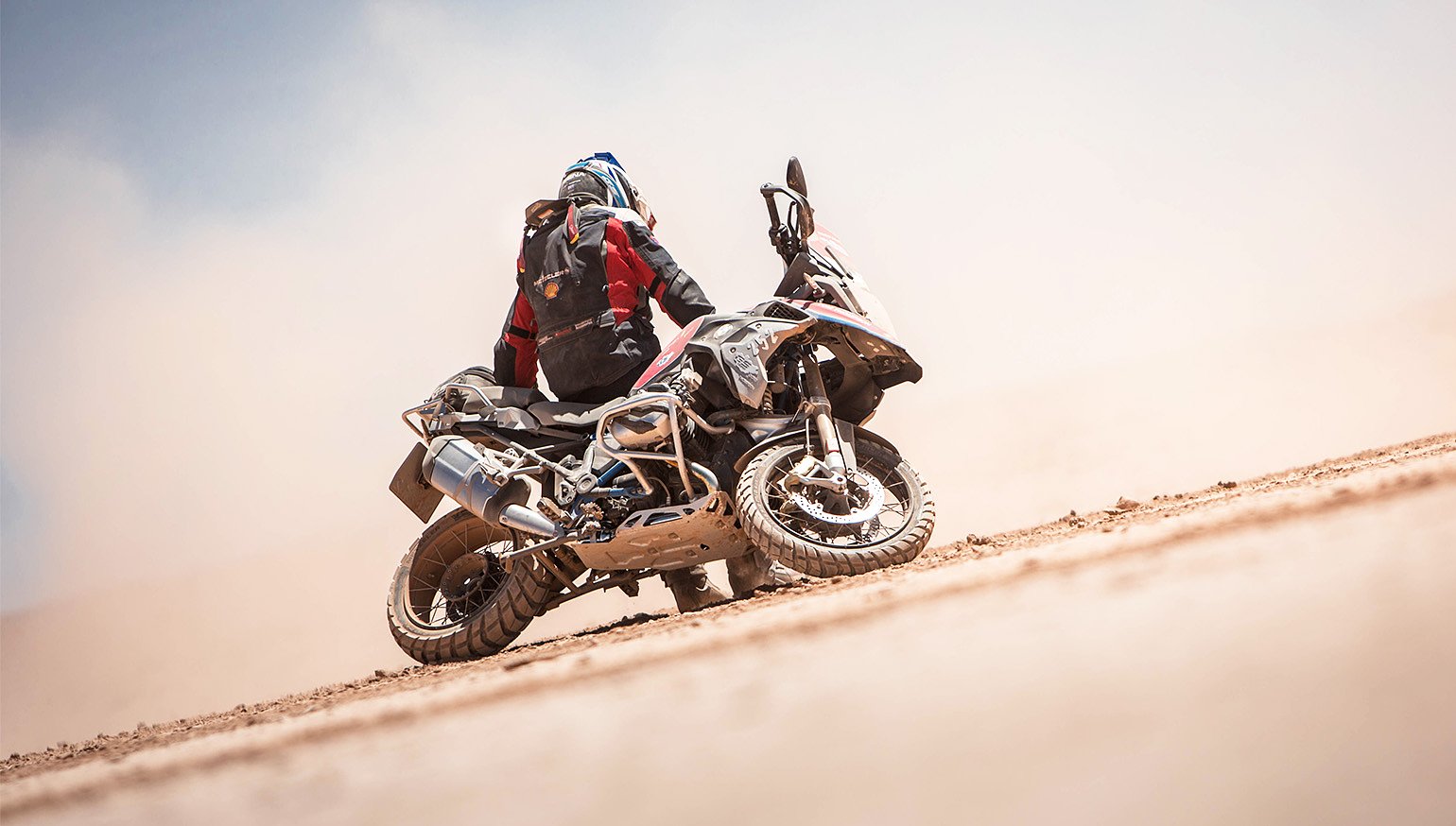People are more connected than ever these days. Our smartphones talk to everything from our smart watches to our smart toilets. Newer motorcycles often feature similar technologies. Although, I’d wager that many riders turn to two wheels to disconnect from their overly connected lives.
Whether it be a cross-country road trip or an afternoon off the paved path, solo adventures can be just as (if not more) rewarding than group rides. That doesn’t mean you have to sacrifice safety in the process. The latest crash-detection tech makes that so.

A (very) short history lesson
As with most vehicular innovations, collision-activated safety was first developed in the automotive world. Electromechanical airbags are the first examples of such systems and date back to the late 1960s. By the mid-1970s, many U.S. automakers introduced airbags as optional equipment but the feature wasn’t fully embraced until it was mandated for all cars in 1998. However, crash detection is often associated with emergency services today.
In the 2000s, in-vehicle communications systems like OnStar came standard on various makes and models. It utilized wireless networks to automatically alert call center advisors in the event of an airbag deployment. If the driver was unresponsive, the provider sent the vehicle’s GPS location to an emergency dispatcher. Drivers could also manually summon emergency services by pressing an SOS button on the system console.
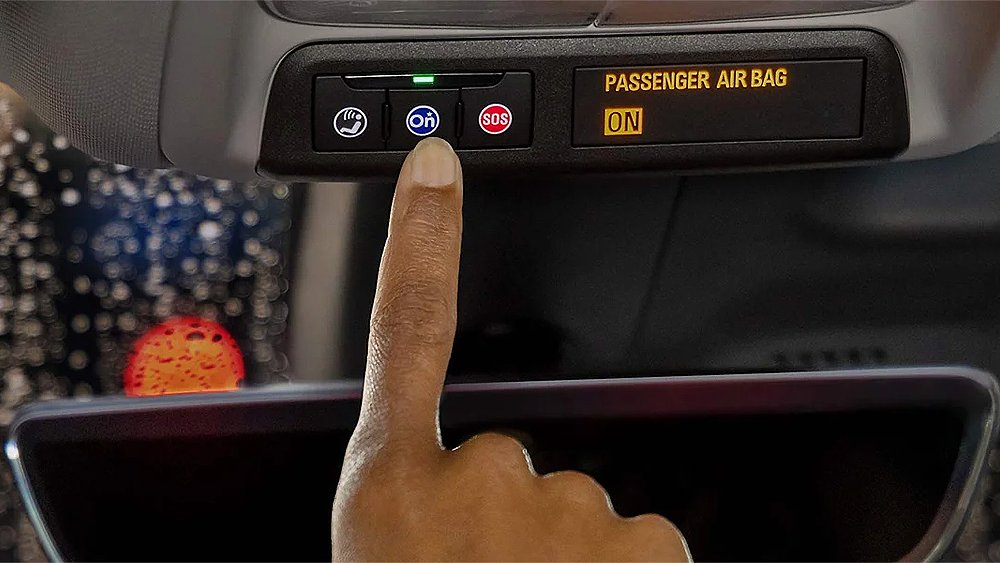
Many of the same technological foundations define modern systems.
How it works
It’s worth clarifying that crash-detecting systems are used for various purposes, not just contacting emergency services. An obvious example is wearable airbag technology for motorcyclists, which strives to avoid the need for medical aid altogether. Alpinestars’ Tech-Air and Dainese’s D-Air line are two of the most recognizable names in this space. Both brands collect test rider data to develop algorithms that distinguish a collision from the garden-variety pothole. This allows an electronic control unit (ECU) and a series of sensors (accelerometers, gyroscopes, etc.) to identify an imminent crash and deploy an autonomous airbag before the rider hits the turf. Airbags aren’t the only protective gear showcasing this technology.
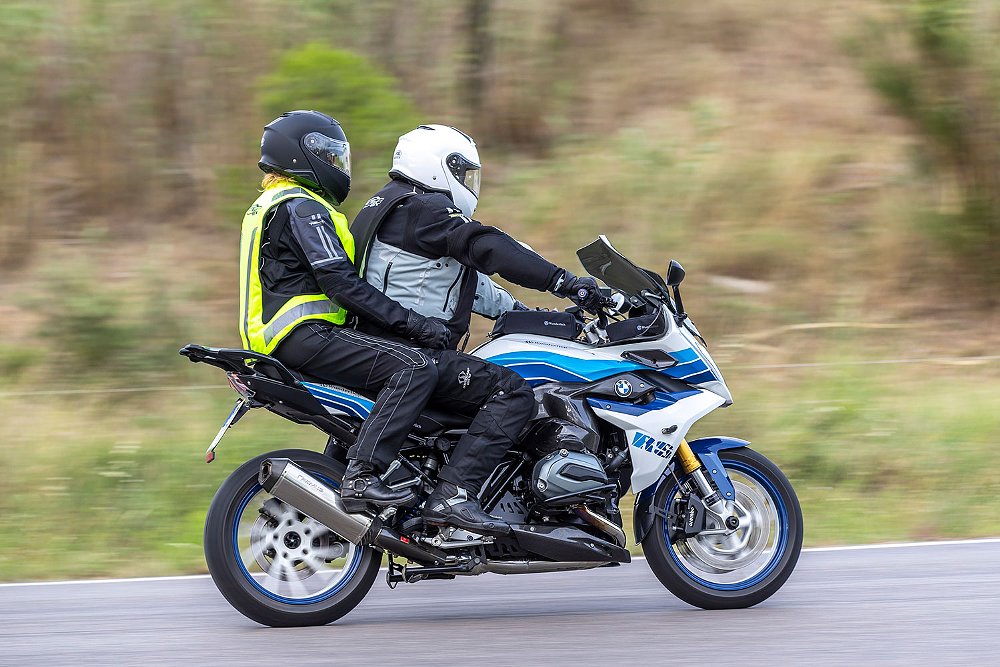
Fly Racing’s Formula S helmet leverages impact-detection algorithms and proprietary circuitry developed by Quin helmets. The Dallas-based company claims its tech can differentiate between an accidental helmet drop and a major crash. When the latter occurs, the Formula S sends location, health, and safety data to the rider’s emergency contacts via text message, e-mail, and push notifications. Unfortunately, Quin only alerts emergency dispatchers for customers with an Apex membership ($7.99 monthly). Otherwise, a user’s friend or family member will need to hail medical services themselves.
While most crash-detection systems function like Quin’s, there’s no shortage of options at the customer’s disposal.
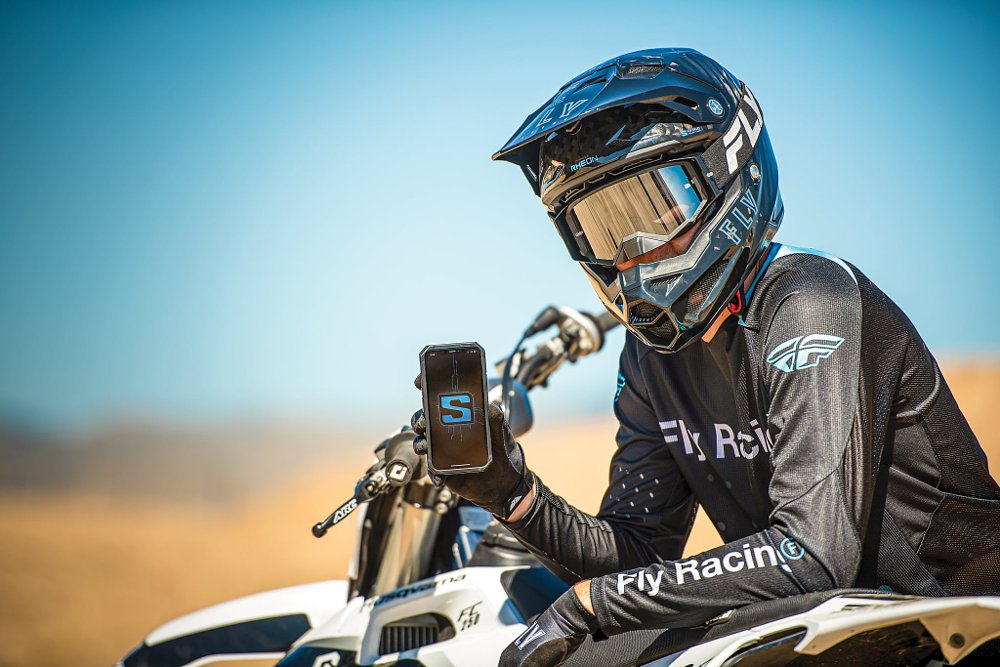
Options, options, options
BMW was the first motorcycle OEM to offer onboard crash detection when it debuted Intelligent Emergency Call (IEC) as an option in 2016. Unlike the Formula S helmet, which hinges on Bluetooth connectivity and the user’s mobile device, IEC benefits from its own mobile network module. When the bike’s acceleration and lean angle sensors detect a spill, the program contacts one of BMW’s qualified call centers.
If IEC deems the crash major, the system automatically notifies emergency services. A Call Center representative then remains on the line with the rider (as long as they’re conscious) until first responders arrive. In the event of a minor collision or fall, the user can cancel emergency services (should they not need them) by pressing the SOS button at the left switchgear. If the system isn’t triggered by a crash but medical attention is still required, the rider can press the SOS button to manually initiate an emergency response chain.
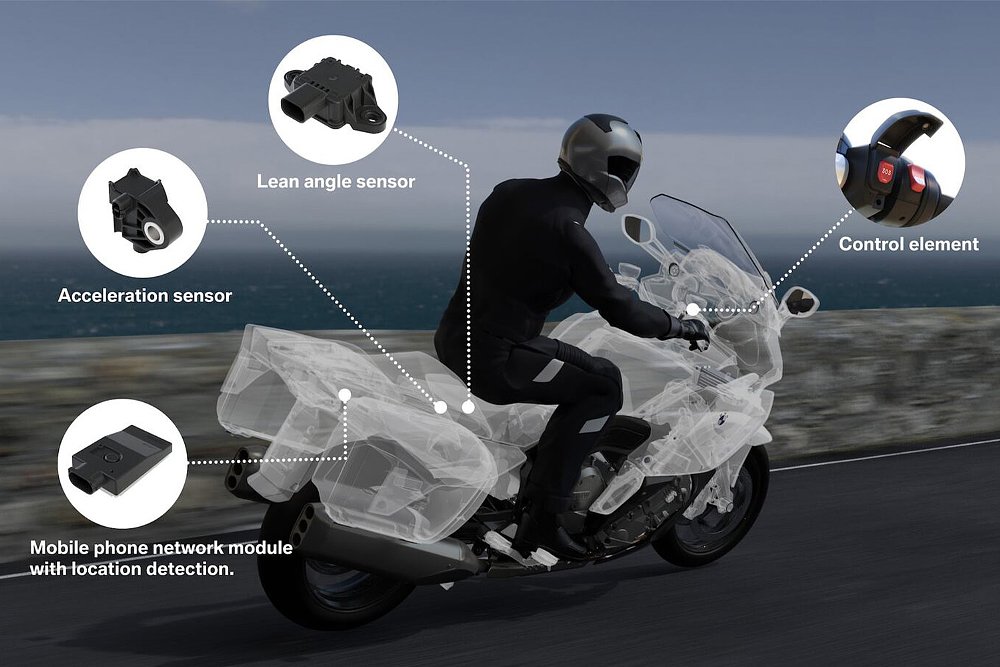
Triumph offers a comparable service, but it relies on the user’s smartphone instead of onboard hardware. That’s why all motorcyclists, regardless of make and model, can use Triumph’s SOS app. Like BMW’s IEC, the subscription-based service ($4.99 monthly) cross-references movement sensors and GPS data to confirm a collision. However, Triumph’s SOS also employs the device’s microphone to detect loud sounds commonly accompanying an accident.
Post-crash, the app relays relevant information (GPS coordinates, direction of travel, medical history, etc.) to the nearest dispatcher. If emergency services aren’t necessary, users can always cancel the SOS call.
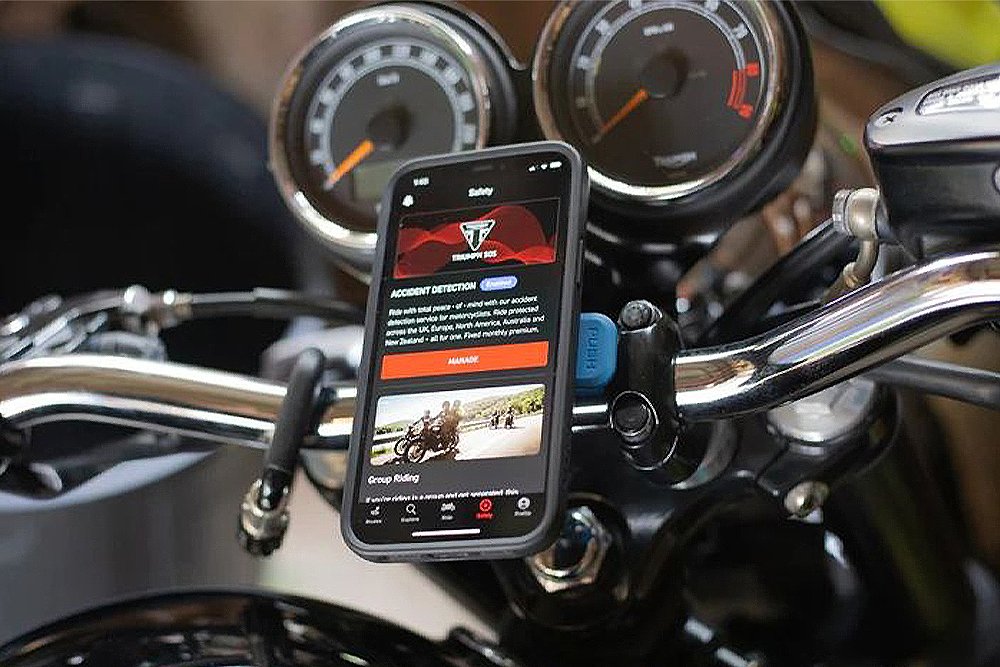
Even Bluetooth communicators have adopted crash-detection technology in recent years. UCLEAR was the first to jump on the train when it outfitted its Motion Infinity model with a triaxial accelerometer in 2019. The sensor measures linear and rotational forces, enabling the comm unit to detect impacts. Cardo’s PackTalk Pro, the latest Bluetooth communicator to offer crash detection, also identifies collisions thanks to an embedded IMU that monitors acceleration and angular velocity on three different axes.
Cardo’s cloud-based system also adds several fail safes to the equation. As long as the user connects the unit to the Cardo Connect and Cardo Cloud apps, the brand’s algorithm can analyze inputs from both the PackTalk Pro and its paired mobile device. For instance, if the communicator falls off your helmet while riding, the system cross-references your phone’s GPS location and velocity data before initiating its emergency alert protocol. When the two data sets don’t align, the app doesn’t take further action.
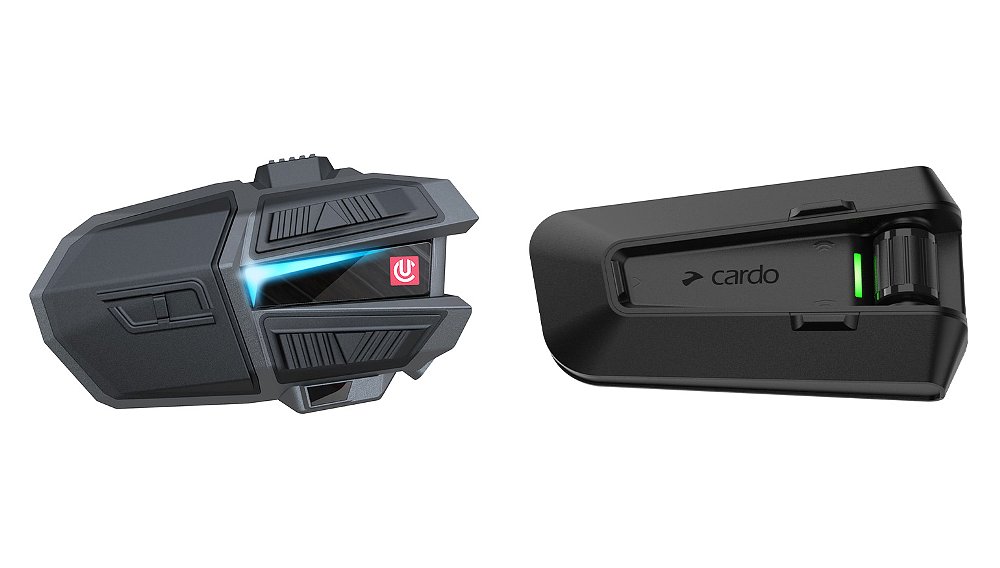
If a crash is detected though, the system texts and e-mails the user’s pre-defined emergency contact. Neither UCLEAR nor Cardo alerts emergency dispatchers directly. Instead, both systems notify a designated emergency contact. It is then their responsibility to call 911 on your behalf.
Whether it be comm units, apps, or onboard equipment, the aforementioned systems need access to cellular service or Wi-Fi coverage to summon medical assistance. That quickly becomes an issue in far-flung locations. Luckily, options with satellite connectivity cover those situations.
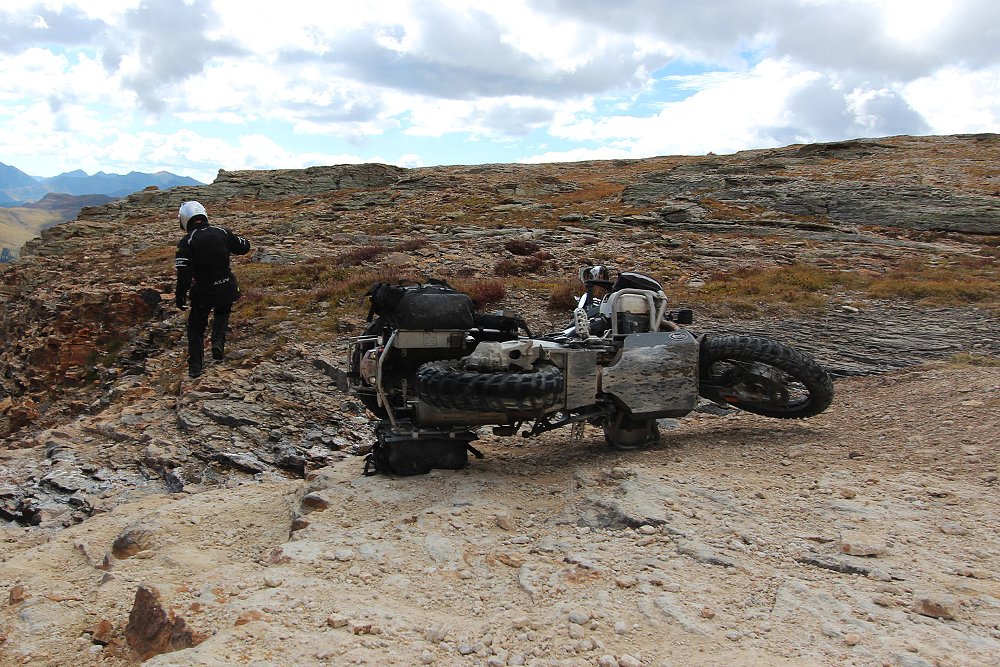
Satellite communicators like Garmin’s inReach Mini 2, ACR’s Bivy Stick, and the SPOT X allow text messaging and SOS service wherever cellular networks aren’t available. That’s a critical lifeline when traveling through remote regions. There’s just one catch. None of these devices are crash-detecting. Riders must be conscious and physically capable following a collision. That’s a problem if the rider sustains a concussion or becomes trapped under the bike.
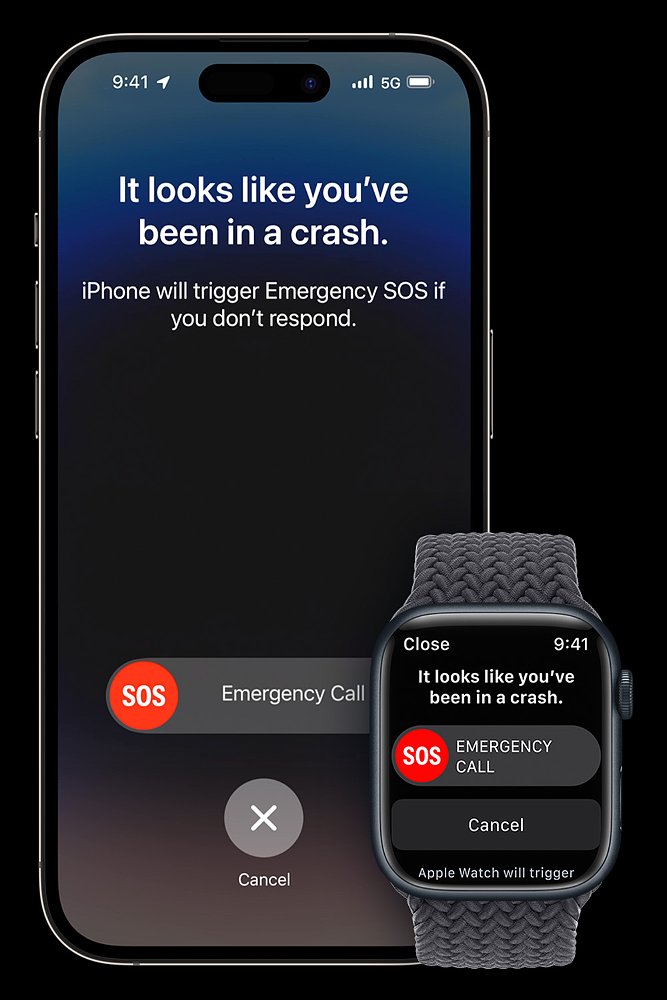
That’s where Apple’s Crash Detection comes in handy. Accessible to iPhone and Apple Watch users, the feature works just like Triumph’s SOS app, leveraging the device’s sensors to measure the severity of an impact. In the event of a crash, the system dials 911 if the user doesn’t respond to the automated prompt within 20 seconds. If cellular service and a Wi-Fi connection aren’t available at the time, Crash Detection “will attempt to contact emergency services using Emergency SOS via satellite.”
It's clear that more and more companies are introducing impact-detecting products. But, the question remains: Which one is right for you?
Best buy?
Crash detection has come a long way in the last 60 years. From airbag vests to comm units, from onboard systems to cloud-based algorithms, the technology grows more sophisticated by the year. With that said, more impact detection isn’t necessarily better.
According to Apple, its service “won’t override any existing emergency calls placed by other means.” Instead of purchasing multiple crash-detecting devices, it’s best to choose the solution, or solutions, that suit your needs. After all, who can afford multiple ambulances or airlifts arriving at their crash site?
Each option has its strengths and shortcomings. Apple’s Crash Detection boasts satellite connectivity but its car-oriented algorithm may not identify the same subtleties as BMW’s IEC or Cardo’s PackTalk Pro, two products developed for motorcyclists. In the end, the choice comes down to where and how the customer rides and what level of features is desired.
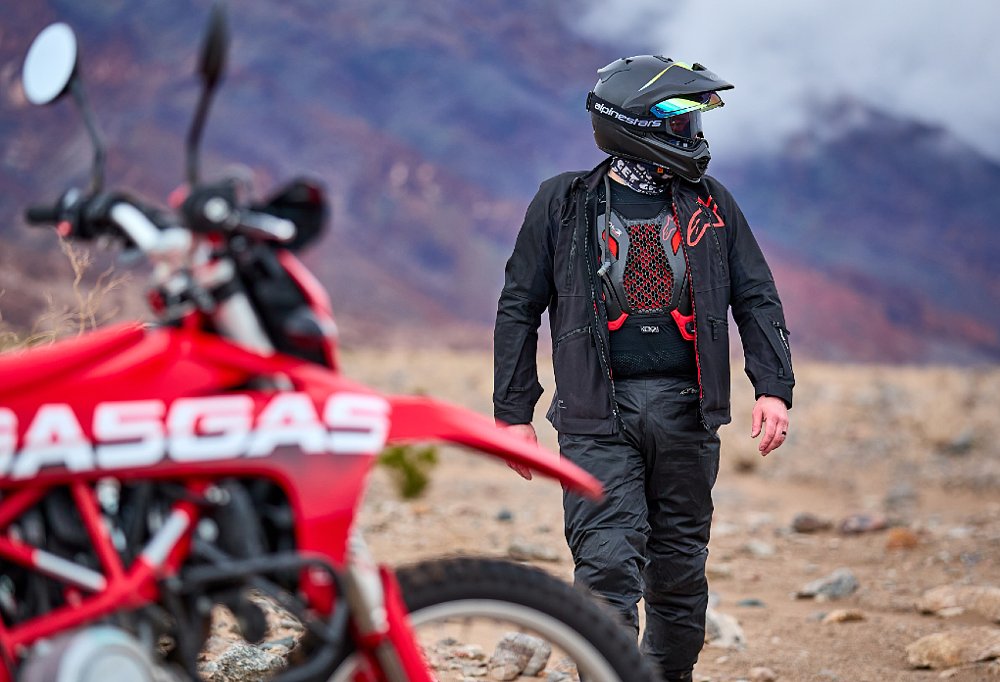
Our world may be more connected than ever, but that’s not necessarily a bad thing, especially when it comes to the safety provided by today’s crash-detecting tech.




